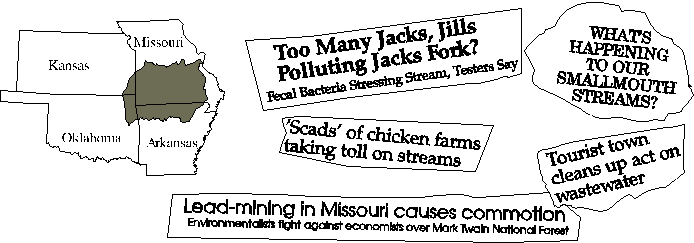
|
|
|
|
|
|
|
|
Suggested citation:
Petersen, J.C., Adamski, J.C., Bell, Davis, J.V., Femmer, S.R., Freiwald, D.A., and Joseph, R.L., 1998, U.S. Geological Survey Circular 1158, on line at < URL: https://water.usgs.gov/pubs/circ1158>, updated April 3, 1998
This page is a subpage of <URL:http://water.usgs.gov/pubs/circ1158>
Email questions and comments to GS-W_NAWQA_Outreach@usgs.gov
Last modified: 4/3/98